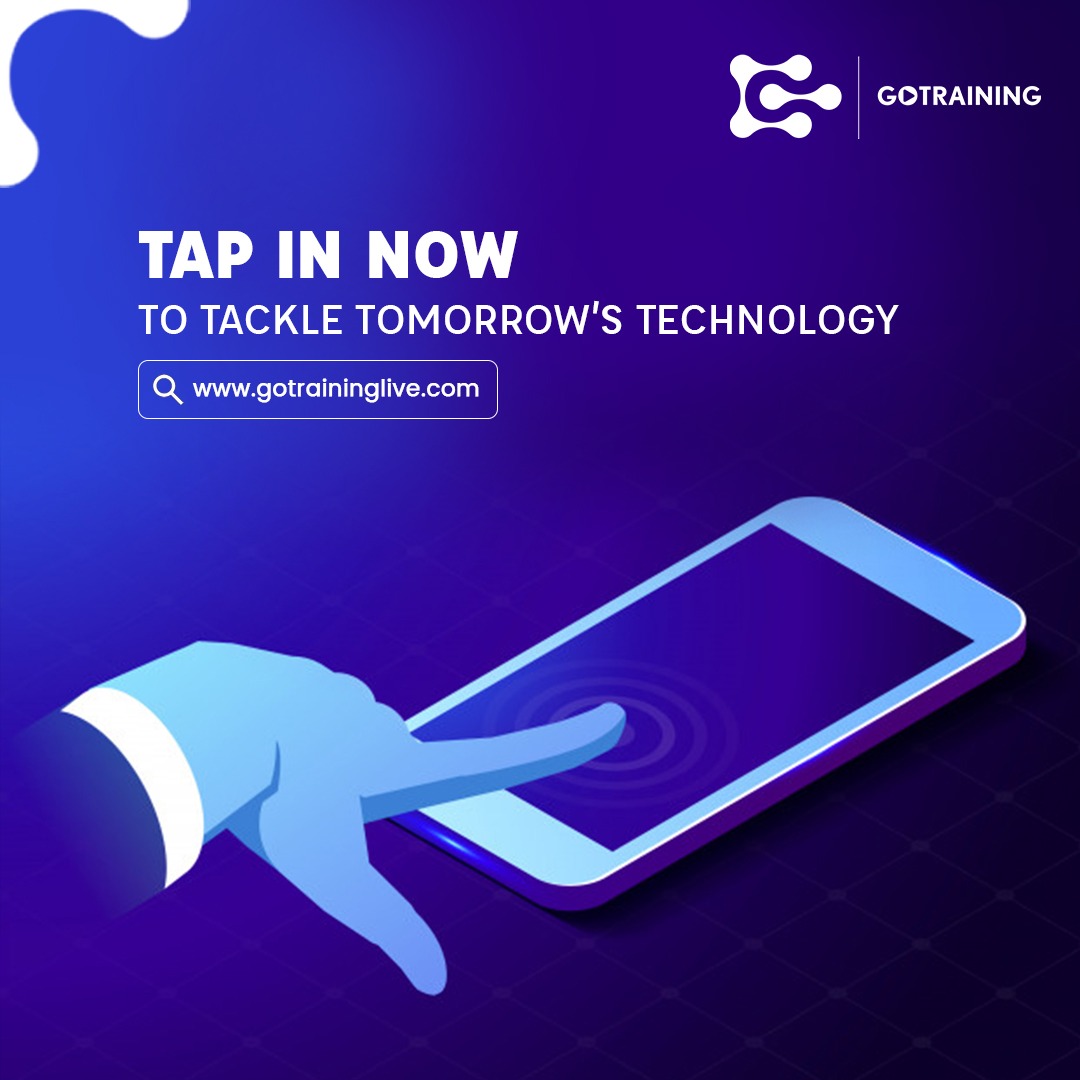


According to the World Economic Forum, 75 million jobs will be displaced across 20 major economies by 2022, while 133 million new ones will arise in industries that are only just at the introductory stages. Reskilling revolution is upon us whether we like or not, thus, it is only right to capture it by the horns and empower our workforce with adequate and effective measures to thrive in the eminent predicament.
Today we will look at the implications of reskilling for governments to support citizen and strengthen the economy by multifaceted collaboration with industries and educational institutions. In turn, this will secure and empower to present and the future of the nation by taking cues from the past. Here are five ways of how government leaders initiate reskilling initiatives :
Analyze and forecast situations.
What is the prognosis of this situation? The first step to tackling just about any problem is to observe and analyze the situation in the current state. There is no one-size-fits-all solution as each situation is unique to itself. Some reskilling efforts require focussed initiatives, possibly driven by a handful of companies as a joint campaign. Some calls for an extensive and mass collaboration for a multidimensional approach. Key stakeholders comprising of leading HR expert, industry leaders, ministerial representatives, as well as senior executives from the education and training industry should convene to lead the conversation on reskilling alone. Answering the hard questions is merely a first step but it can be a profound one. This paves the way to action plans on several levels at once. Objectives set in place keep all of us accountable and on track with this technology revolution. Is it going to help brain drain? How is this action plan going to affect outskilled worker? Do we have the infrastructure and competency to train workers?
Design an action plan.
Forecasts help in building a quantitative model to identify skill mismatches and gaps in the economy. Once this is done, policymakers can move the next step that is to devise strategic goals to put in place which has both short-term and long-term implications. This is to bridge all the gaps and also ensure this initiative provide long-lasting success rate to develop talents, rather than merely saving obsolete jobs.
Innovate education system.
McKinsey & Company Malaysia's senior partner and head of analytics in Asia, Nimal Manuel stressed the need for rapid reskilling effort to keep up with the evolving future of work. He suggested that the education and training system could apply shorter-cycle interventions and a different system to recognise those skills. For example, maybe it is high time for employers to recognize microcredits from short courses and nano degrees a way forward and doing away from traditional multi-year degrees. In addition to that, public-sector educators at all levels should refresh curricula to include hard skills needed in the future, such as coding, and also soft skills to build a workforce who are malleable to changes or shifts in the trajectory to remain relevant in their game. We have discussed more on this topic here.
Empower a lifelong-learning mindset
In a click of a mouse, a contextual learning tool can guide employees to explore their potential and proficiency on even the most complex enterprise technology. Blended learning is not something new in the market—educators could restrategize the education pathway to make blended learning more inclusive to adapt to different learning preferences to achieve a lifelong-learning mindset. Government leaders and policymakers should take a concerted approach to observe and study the types of jobs that will be affected most by new technologies, the employees who are most at risk, and the businesses that have the most to thrive. There are online learning platforms with innovative analytic tools that can help companies navigate the upcoming skills and its impact on industries. Another way to cultivate lifelong-learning mentality is via incentives for corporations to allocate funds for employees’ skill training.
Job matching and workforce-engagement efforts
Job-matching is an example of the efficiency of implementing IT systems in your HR functions. Things such as past job titles or university name are irrelevant, as people are matched on their actual skills. By matching on both merit and values, job-satisfaction is increased, and unnecessary employee turnover is reduced. Workforce engagement starts from utmost transparency between employers, managers and workers. Employees should be given coaching where necessary as well as personalised action plans when they are selected for a reskilling or upskilling program. This ensures employees’ commitment to their transformative process as well as trust in their organization. This is another opportunity for corporations to collaborate with private training providers to design a reskilling roadmap tailored to the companies’ goals and also to execute it effectively to cost and timeline.
The reskilling revolution calls for a joint effort from all key players like the governments, business leaders, and educators. Reskilling should be embedded in the DNA of training development programs henceforth. This is why government leaders and policymakers must champion the responsibility of ensuring all levels citizens have access to knowledge to participate in the digital economy.